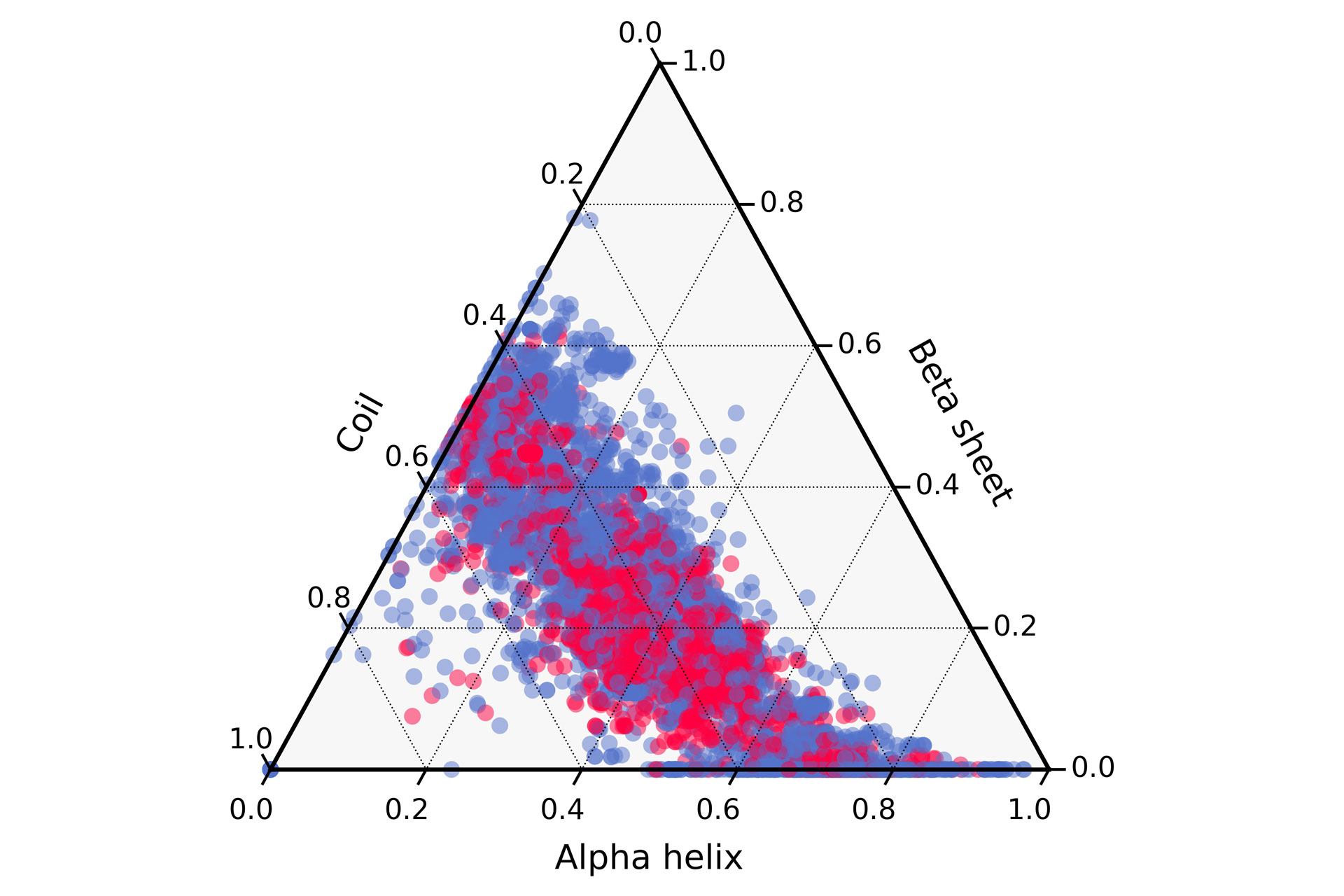Developing medicine for those without it
One in two people will develop cancer or immune disease during their lifetime
Precision medicines match the shape of the disease target precisely as the key matches the lock. Efficiently navigating the space of “keys” is an open research problem as there are more drug-like proteins than atoms in the universe.

Some disease targets remain elusive even after decades of research
Despite G protein-coupled receptors (GPCRs) and Ion Channels making up over half of all targets, only two protein therapeutics have reached the market. The target region on the surface of these targets is tiny, while different targets are highly similar to each other — making potent and specific binders incredibly hard to find.

Generative algorithms design drugs that precisely match the shape of the target
We developed FoldFlow, a series of novel generative models specifically equipped to reason about 3D structural space by designing and testing medicines in biological experiments. This results in smart drugs that act as a conformational switch for targets on the cell surface thus reprogramming living cells.

We are driven by a purpose leading team in generative biology




